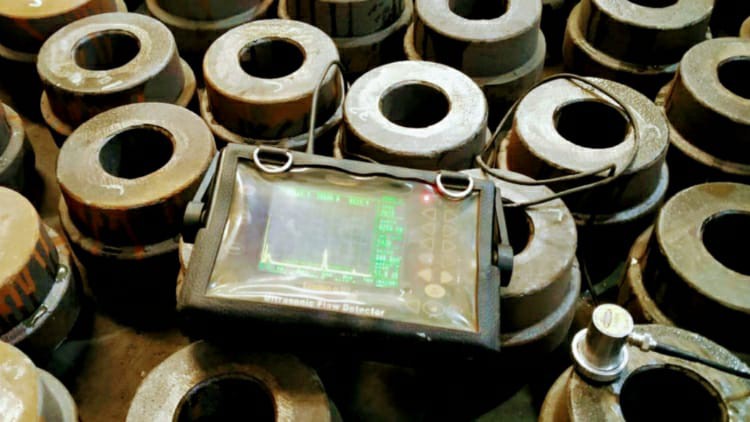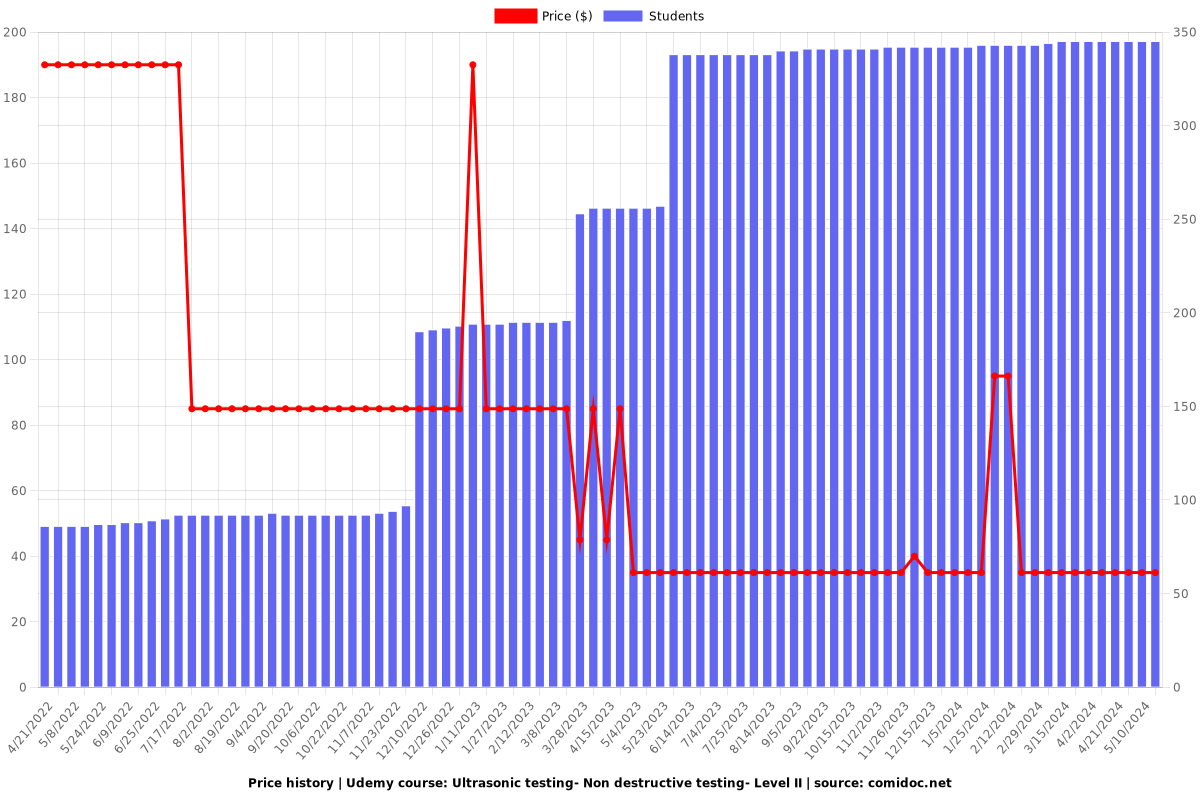Ultrasonic testing- Non destructive testing- Level II
UT level II

What you will learn
Ultrasonic testing NDT
UT Level II
Qualification & Certification according to SNT-TC-1A
Ultrasonic testing Level II complete training
Why take this course?
Ultrasonic Testing (UT) is based on the principle of sound energy that is the propagation of ultrasonic waves in the object or material tested. It is one of the important methods used in Non-destructive Testing
In most common UT applications, very short ultrasonic pulse-waves with center frequencies ranging from 0.1-15 MHz, and occasionally up to 50 MHz, are transmitted into materials to detect internal flaws or to characterize materials.
A common example is ultrasonic thickness measurement, which tests the thickness of the test object, for example, to monitor pipework corrosion.
Ultrasonic testing is often performed on steel and other metals and alloys, though it can also be used on concrete, wood, and composites, albeit with less resolution.
Advantages of Ultrasonic Testing-
· Ultrasonic Testing has very high penetrating power, which allows the detection of flaws deep in the part.
· Higher insensitivity, so permitting the detection of extremely small flaws.
· In many cases, only one surface needs to be accessible.
· Greater accuracy than other nondestructive methods in determining the depth of internal flaws and the thickness of parts with parallel surfaces.
· Some capability of estimating the size, orientation, shape, and nature of defects.
Disadvantages of Ultrasonic Testing-
· In UT careful attention by experienced technicians is required. The transducers alert to both normal structure of some materials, tolerable anomalies of other specimens (both termed “noise”), and to faults therein severe enough to compromise specimen integrity. These signals must be distinguished by a skilled technician, possibly requiring to follow up with other non-destructive testing methods.
· Extensive technical knowledge is required for the development of inspection procedures.
· Parts that are rough, irregular in shape, very small or thin, or not homogeneous are difficult to inspect.
The surface must be prepared by cleaning and removing loose scale, paint, etc., although paint that is properly bonded to a surface need not be removed.
Charts
Price

Rating

Enrollment distribution
